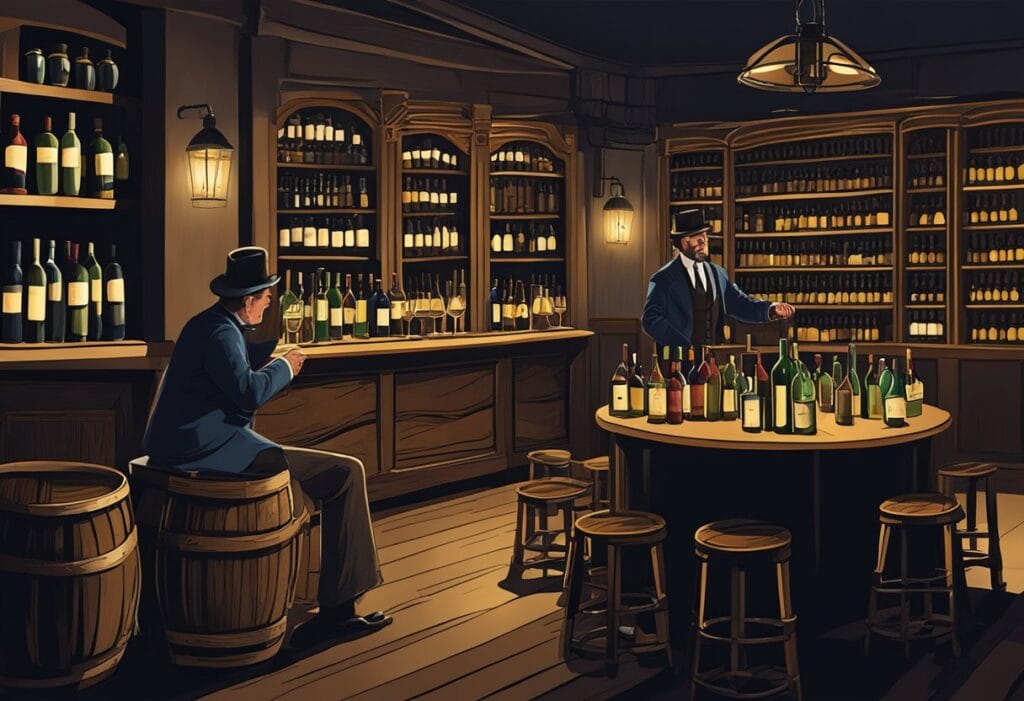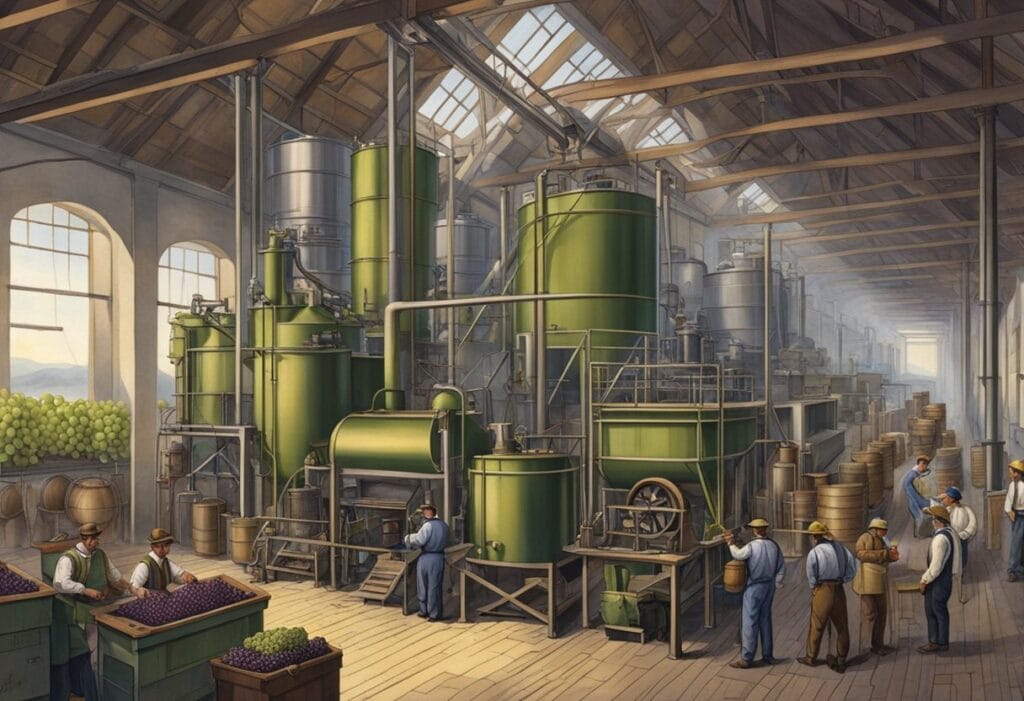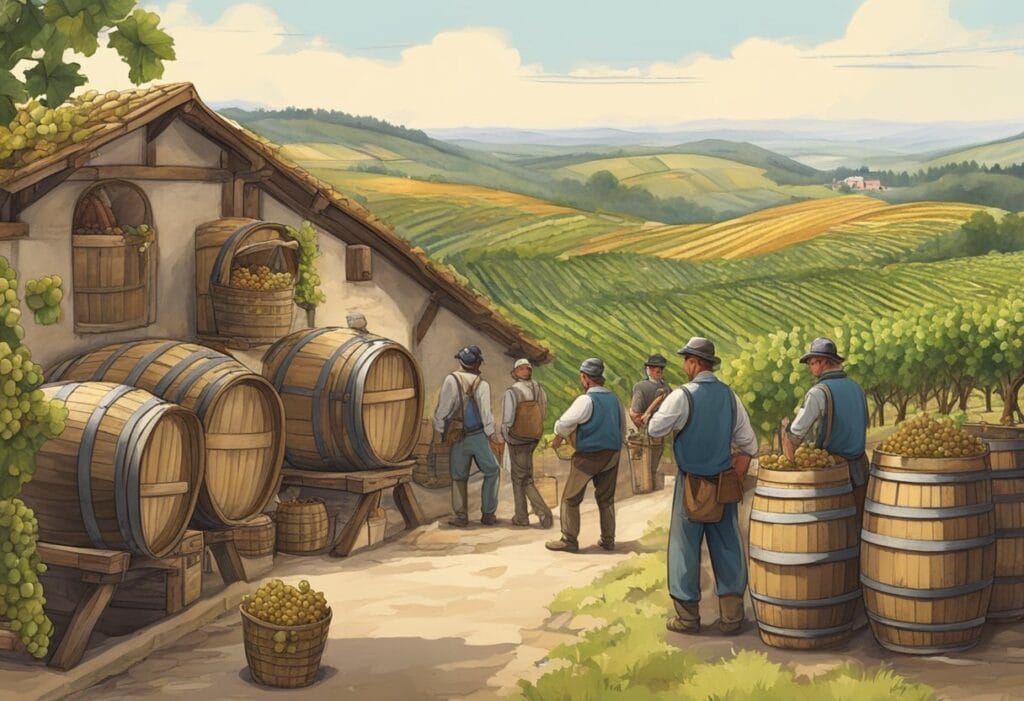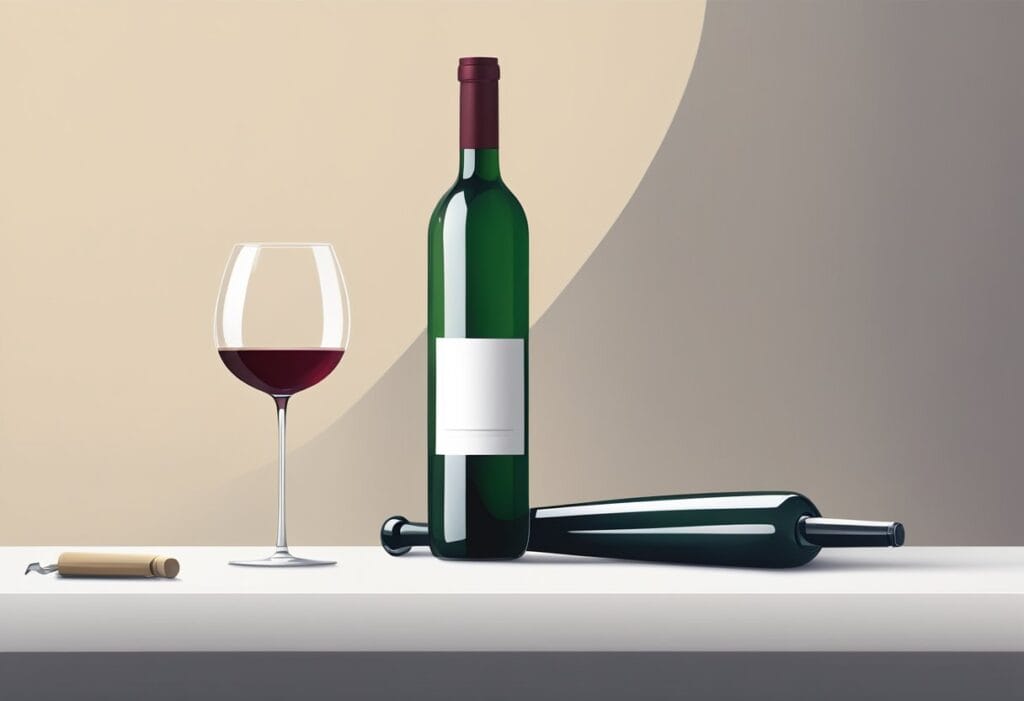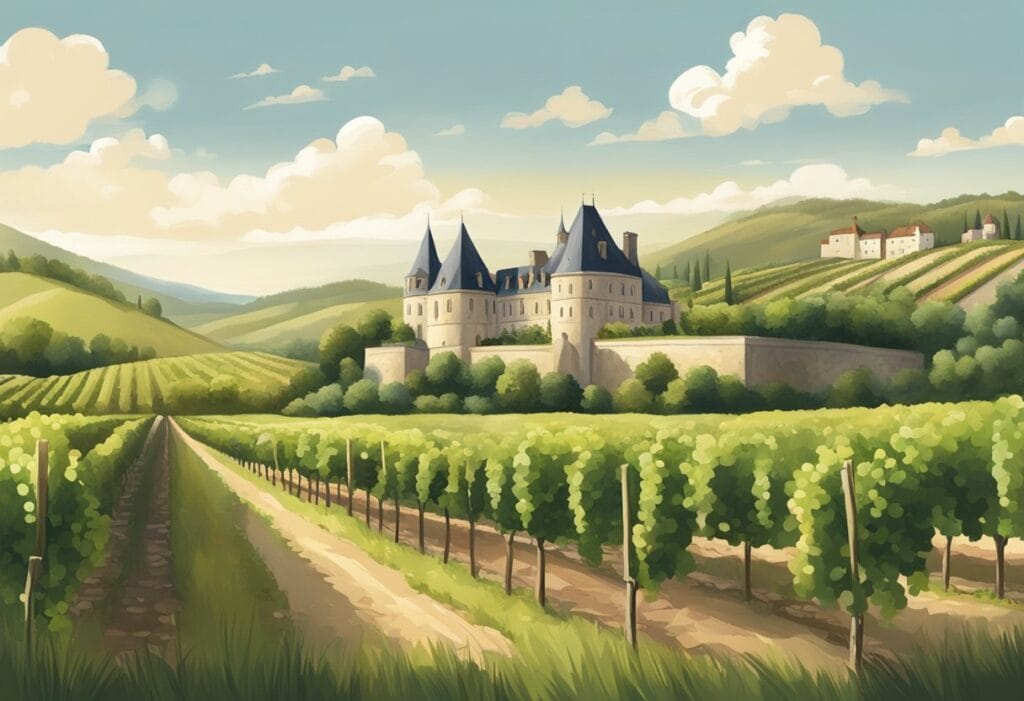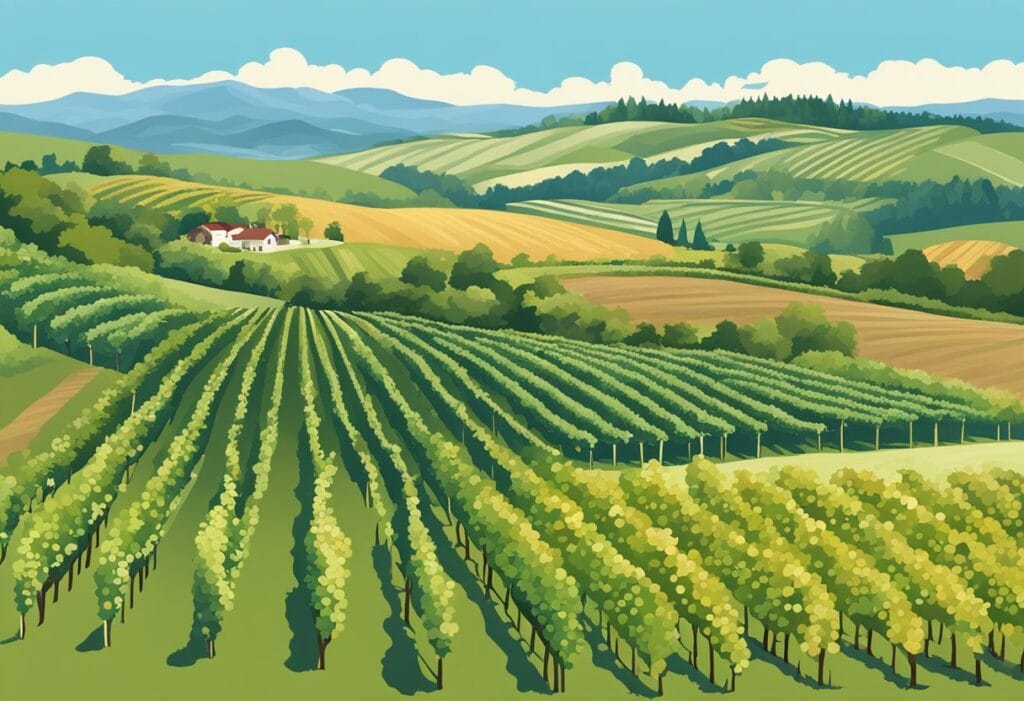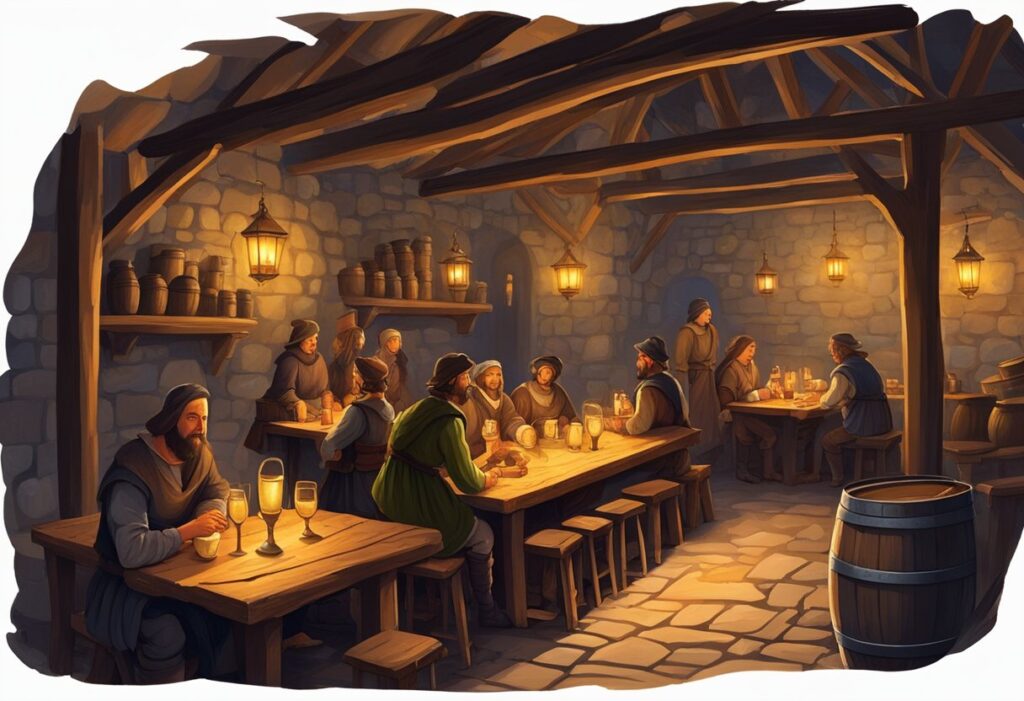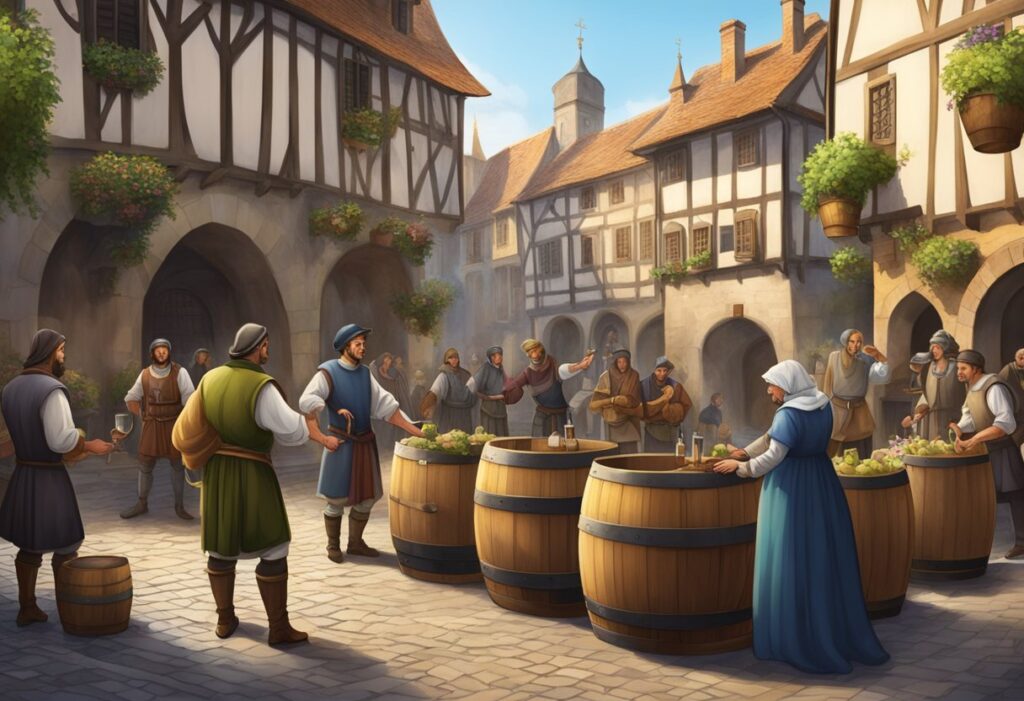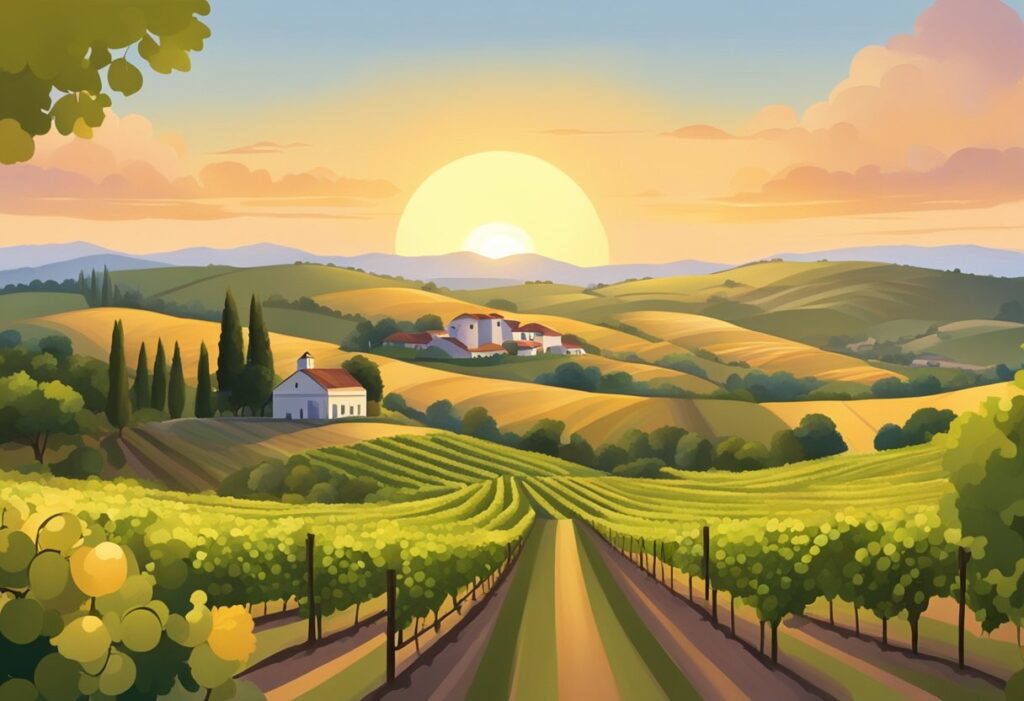Prohibition and the Wine Industry: Impact and Recovery
The period known as Prohibition fundamentally altered the trajectory of the American wine industry. When the 18th Amendment went into effect in 1920, producing, transporting, and selling intoxicating liquors became illegal. This period reshaped the economy and culture, affecting industries across the nation. Winemakers faced a critical challenge: adapt to survive or go out of […]
Prohibition and the Wine Industry: Impact and Recovery Read More »
